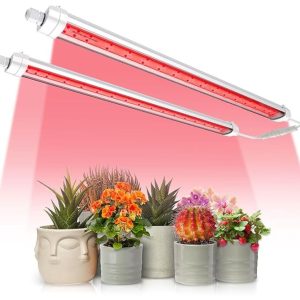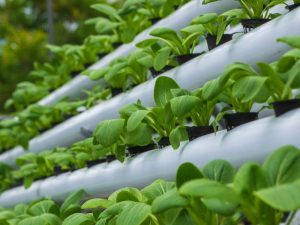Last Updated on August 14, 2024 by teamobn
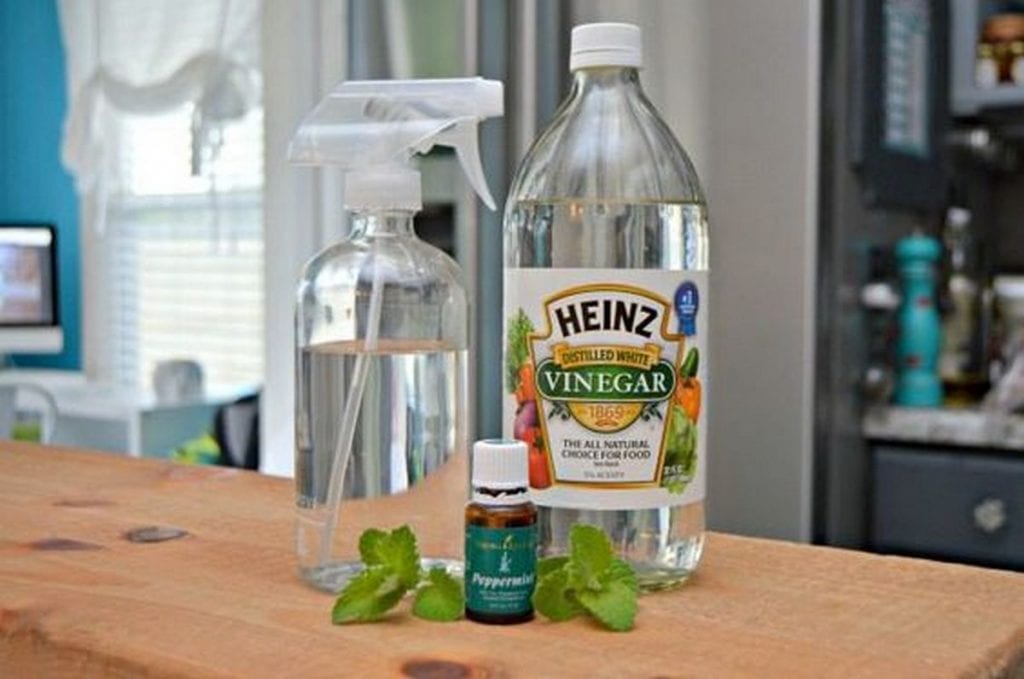
Growing your own vegetables is a great way of ensuring you get fresh produce when you need them. Additionally, because you cared for them yourself, you know what went into growing them – no synthetic insecticides that are harmful to health. Part of taking care of your plants is making sure that they’re pest-free. But with the toxins that come with the use of store-bought pesticides, how does one drive pests away?
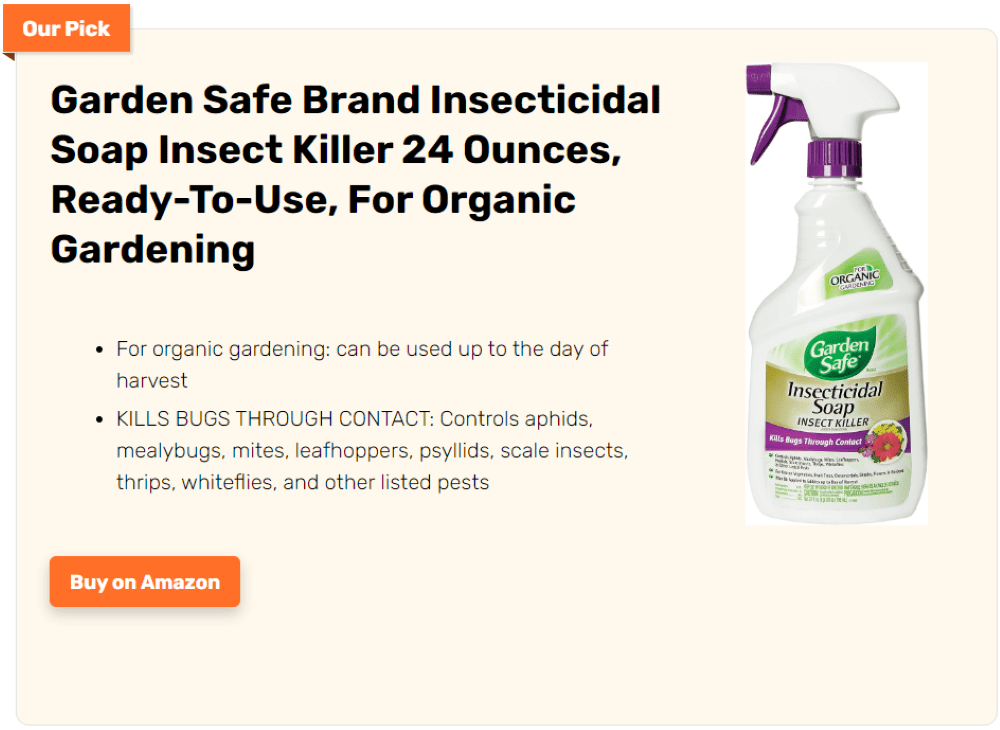
The answer could very well be in your cupboard right now to create your own natural bug insecticide.
Using homemade natural pesticides is the safer choice for you. You can make them out of inexpensive items that may already be inside your home. For example, if you have problems with sap-sucking insects, mixing soap, oil, and water would get rid of aphids, spider mites, and thrips. You can also mix the baby shampoo with water for the same effect.
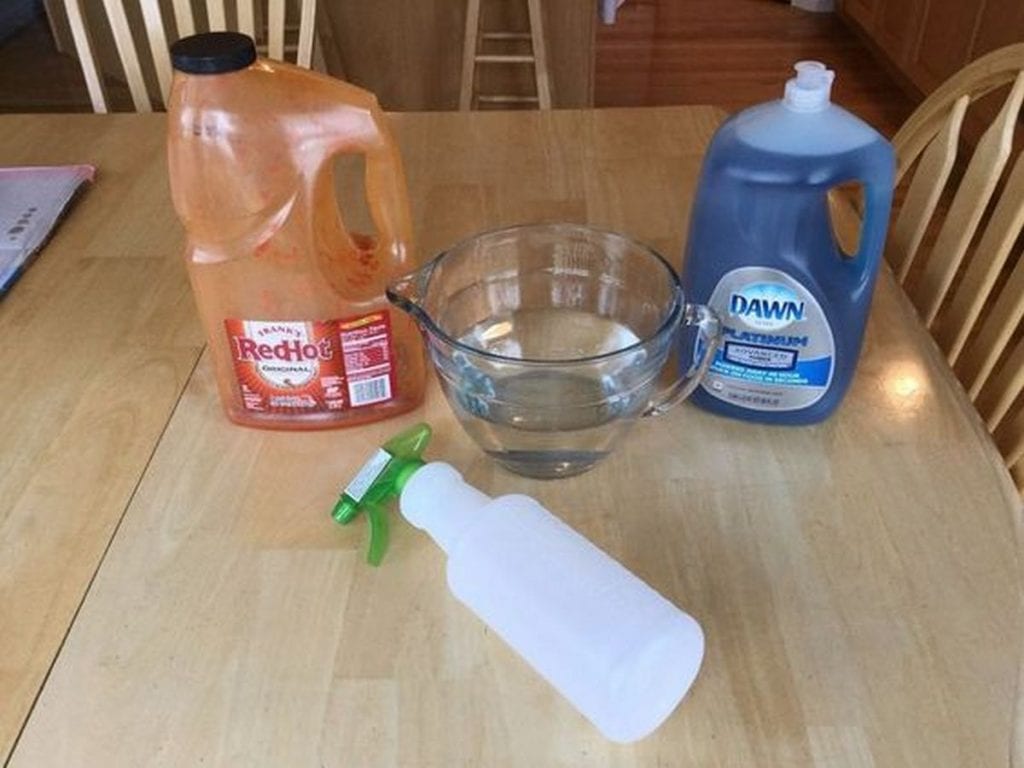
Garlic and red pepper are also excellent ingredients for a homemade natural bug insecticide for your vegetable garden. No matter what your choice is, remember to test your natural bug insecticide out in a small portion of your plant and see how it reacts. While you want to kill off pests and insects, you certainly don’t want to kill your plant, too.
Making a Natural Bug Insecticide
Contents
Materials and Tools:
- Garlic cloves (5-6 cloves): Garlic acts as a strong deterrent for many pests.
- Cayenne pepper (1 tablespoon): Adds a spicy element that repels insects.
- Liquid dish soap (1 teaspoon): Helps the mixture stick to plant leaves.
- Vegetable oil (1 tablespoon): Suffocates pests by coating their bodies.
- Water (2 liters): Acts as the base for your pesticide.
- Blender: For mixing ingredients thoroughly.
- Strainer or cheesecloth: To filter the mixture.
- Spray bottle: For easy application to plants.
- Funnel: To transfer the mixture into the spray bottle without spilling.
- Measuring spoons: For accurate measurement of ingredients.
- Gloves: To protect your hands during preparation.
Instructions
- Prepare the Garlic and Pepper Mixture:
- Peel the garlic cloves.
- Place the garlic cloves and cayenne pepper into the blender.
- Add about half a liter of water to help blend the ingredients into a smooth paste.
- Blend and Strain:
- Blend the mixture on high until the garlic and pepper are completely pulverized.
- Use a strainer or cheesecloth to strain the mixture into a bowl, ensuring no solid particles remain.
- Mix in Additional Ingredients:
- Add the liquid dish soap and vegetable oil to the strained liquid. These act as surfactants and pest suffocators.
- Stir thoroughly to ensure all ingredients are well combined.
- Dilute with Water:
- Pour the mixture into a larger container using a funnel.
- Add the remaining water to the mixture and stir well.
- Transfer to Spray Bottle:
- Using the funnel, carefully pour the final mixture into the spray bottle.
- Secure the spray bottle’s cap and shake well to ensure the mixture is emulsified.
- Application:
- Spray the mixture directly onto the leaves of the plants, focusing on areas where pests are most prevalent.
- Apply early in the morning or late in the evening to avoid direct sunlight, which can cause the leaves to burn.
- Reapply Regularly:
- Reapply the spray every 2-3 days and after rainfall to maintain its effectiveness.
- Always shake the bottle before use to ensure the ingredients are well mixed.
Click on any image to start the lightbox display. Use your Esc key to close the lightbox.

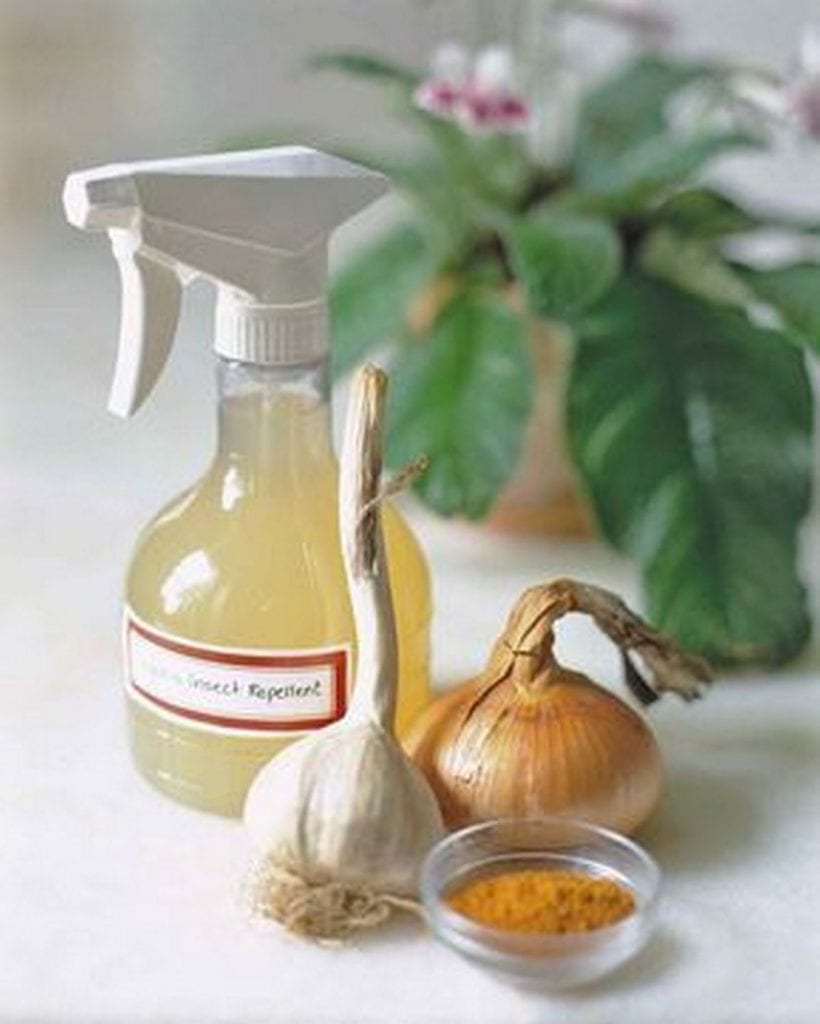
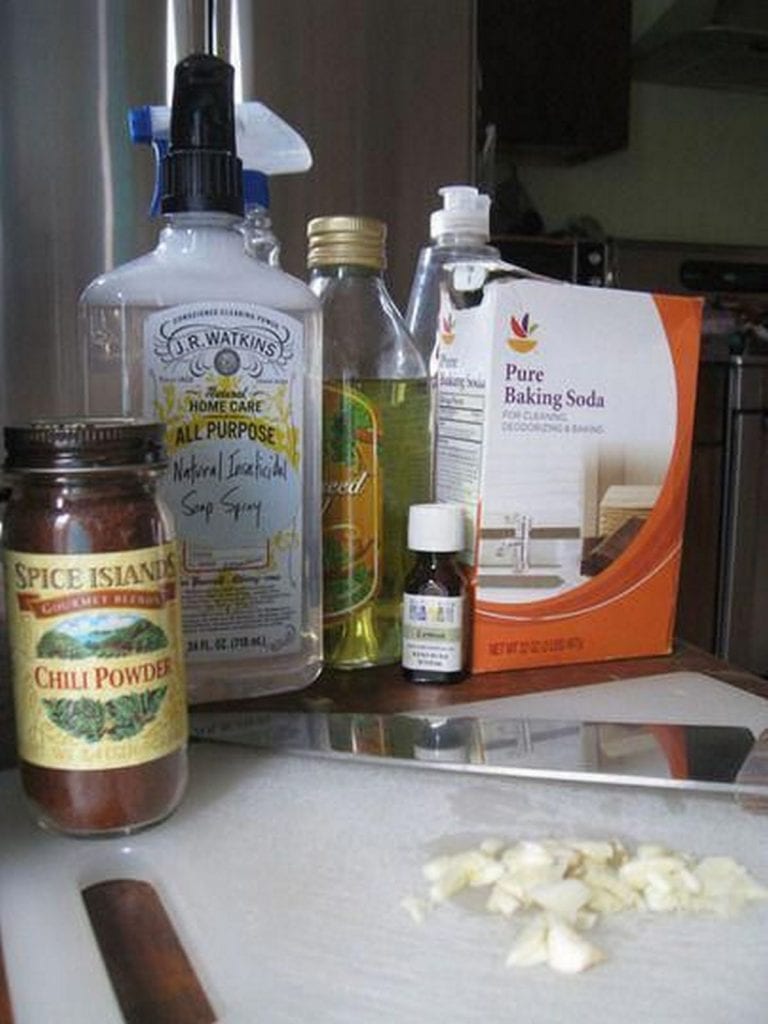


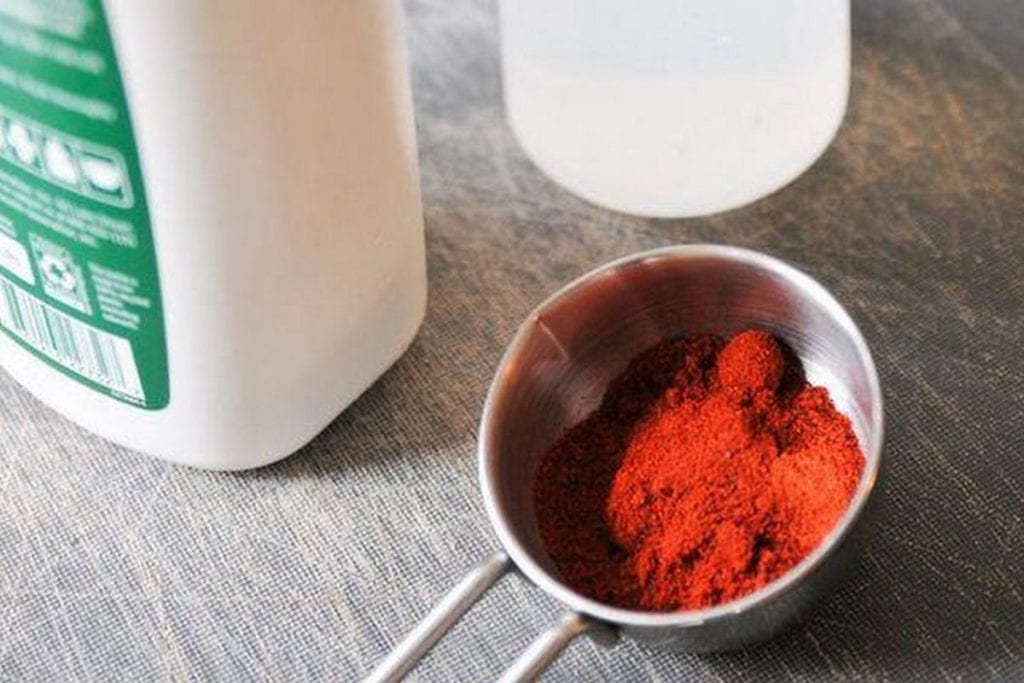
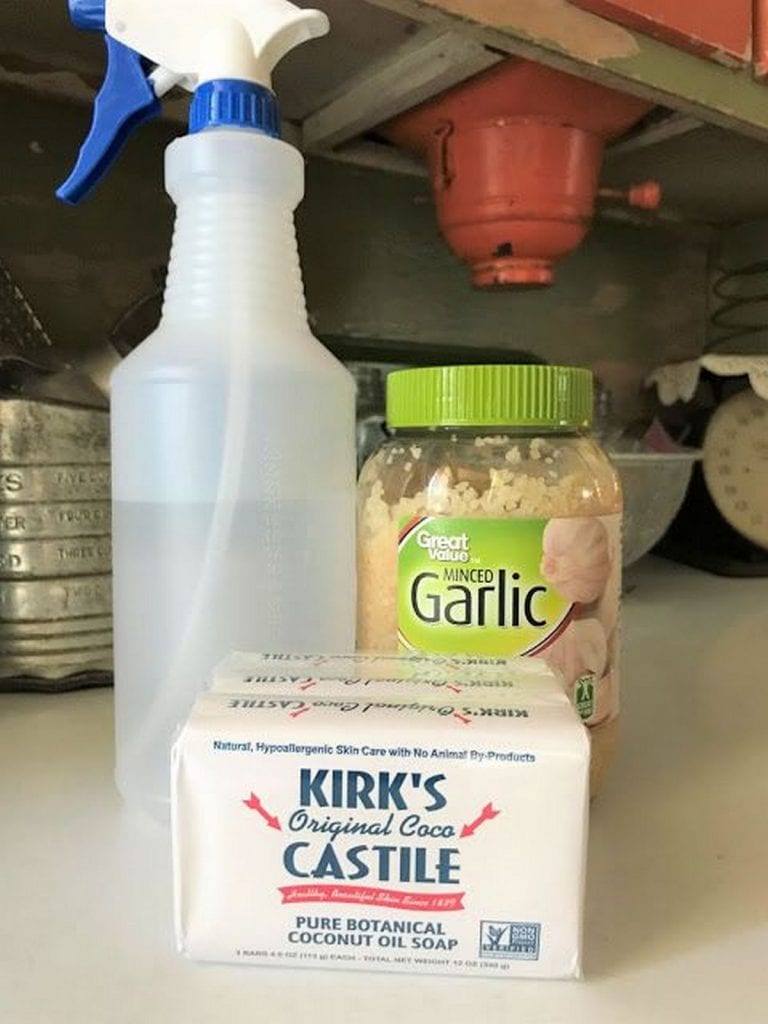
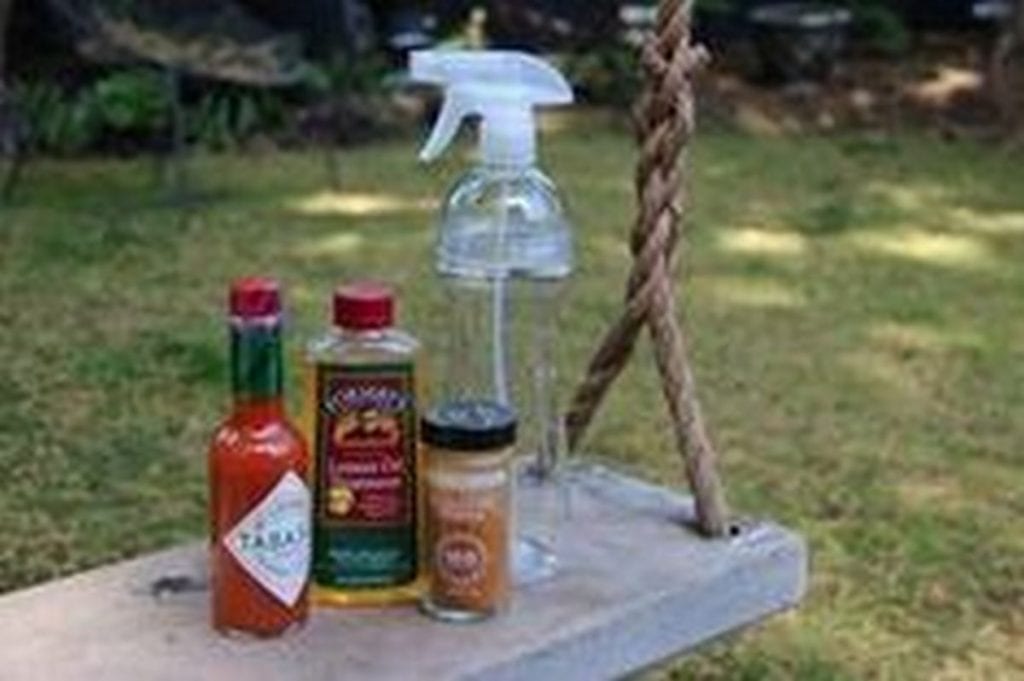

If you want to make your own homemade natural bug insecticide for your vegetable garden, check out this video.
Benefits of Natural Insecticides vs. Chemical Insecticides
Maintaining environmental safety and plant health depends on your garden’s choice of insecticide type being used. Natural bug insecticides provide a safer and more sustainable substitute even if chemical insecticides are well-known for their strength and fast effects.
We shall thus discuss the advantages of natural bug insecticides over their chemical equivalents.
Environmental Safety
Usually derived from non-toxic, biodegradable materials—such as plants, minerals, or other naturally occurring compounds—natural bug insecticides are Natural bug insecticides break down more rapidly and are less likely to contaminate the environment than chemical insecticides, which can linger in soil and water. For gardens kept by environmentally concerned gardeners or those close to water sources, this makes them a safer option.
Human and Animal Health
Natural bug insecticides’ safety profile for people and animals is among the strongest arguments for using them. Significant health hazards from chemical insecticides include respiratory issues, skin irritation, and even more severe long-term effects including neurological damage. Natural bug insecticides, on the other hand, usually consist of components that are safe for humans and animals, so lowering the chance of unintentional poisoning or other health problems.
Preservation of Beneficial Insects
Unlike their broad-spectrum approach typical of chemical insecticides, natural bug insecticides often target particular pests. Important for a good ecosystem, beneficial insects including pollinators and natural pest predators are preserved in part by this selective action. Maintaining these helpful populations will help your garden’s biological control be even more enhanced by naturally regulating pest counts.
Resistance Management
Over time, pests can acquire resistance to chemical insecticides, creating a cycle of growing use and stronger chemical formulations. Natural bug insecticides, on the other hand, sometimes combine several active components and modes of action, which lessens the possibility of pests evolving resistance. This can help to guarantee long-term efficacy and lower the need for repeated applications.
Cost-Effectiveness
Although the first cost of chemical insecticides would seem to be less, long-term use of natural bug insecticides can be more financially feasible. Many of the components in natural bug insecticides—garlic, peppers, vinegar—can be found in common household goods or byproducts from your kitchen. Along with saving money, this do-it-yourself approach lessens reliance on commercially produced goods.
Ease of DIY Preparation
Natural bug insecticides also offer the simplicity of preparation as another benefit. Many recipes call for basic ingredients and can be created fast without specific knowledge or tools. This accessibility helps gardeners to become more involved in the health of their plants and surroundings, so strengthening their bond with their methods of work.
Sustainability
Natural bug insecticides fit environmentally friendly gardening methods. Gardeners help to preserve soil quality and a balanced ecosystem within their yard by avoiding synthetic chemicals. Healthy soil helps plants to be resilient, so lowering the demand for more chemicals and fertilizers.
Selecting natural bug insecticides helps not only with your current garden but also with more general environmental health and safety. Gardeners can support the welfare of their family, pets, and the earth by switching and enjoy abundant crops.
How to Strengthen Plants Against Pests Naturally
Maintaining a healthy garden calls for proactive prevention as much as it does for responding to issues. By strengthening your plants against pests, you naturally lessen the need for treatments including using organic bug insecticide. This method emphasizes on improving plants’ natural resilience and creating conditions whereby they might flourish even in the presence of pests.
Here are several techniques to naturally help your plants resist pests.
Choose the Right Plants
First step in natural pest control is choosing the right plants for your garden. Choose native species or those reputed for resistance to local pests. These plants naturally developed defenses against local pests and diseases, so lowering the demand for any natural bug insecticide. Choose plants that will flourish in the particular conditions of your garden, including soil type, light, and moisture, also.
Practice Crop Rotation
One good way to stop pests and diseases from accumulating in the soil is crop rotation. Changing what you grow in a given area every season will help to upset the life cycles of pests that eat particular plants. This approach not only controls pest numbers but also enhances nutrient balance and soil quality, so supporting plant health.
Encourage Beneficial Insects
Natural control of pest numbers depends critically on beneficial insects including predatory wasps, ladybugs, and lacewings. Planting a variety of species—especially those that generate nectar and pollen—will draw these helpfuls. Think about building a habitat that supports their lifecycle by including cover and substitute food supplies. This ecological method encourages a balanced garden ecosystem and lessens the need on natural bug insecticide.
Maintain Healthy Soil
A good garden’s foundation is good soil. Naturally increase soil fertility by adding organic matter and compost. These changes enhance soil structure, water retention, and nutrient availability, so providing perfect conditions for plants to flourish robust and fight pests. Test your soil often to learn its particular requirements and modify your soil management techniques in line.
Use Mulches
Applying organic mulches around your plants will benefit several different ways. Mulch can physically block some pests, reduce weeds, and hold moisture. Further supporting plant health is organic mulch’s enrichment of the ground as it breaks down. Because of their natural aromatic qualities, some forms of mulch, including cedar bark, can also discourage some pests.
Water Appropriately
Plants stressed by overwatering or underwatering are more vulnerable to pest attacks. Make sure your watering schedule satisfies your plants’ particular needs in relation to the temperature and their requirements. Deliver water straight to the roots where it is most needed using drip irrigation or soaker hoses, so reducing moisture on leaves that might draw pests.
Regular Monitoring and Timely Intervention
Look often for early indicators of pest activity in your plants. Early problem identification usually makes it possible for natural interventions less intrusive and more in line with organic gardening techniques possible. Should pests be found, first line of protection should be either hand removal or localized application of natural bug insecticide before using more forceful methods.
Gardeners can significantly improve the natural resilience of their plants by combining these techniques, so lowering the need for regular use of natural bug insecticide and so fostering a more sustainable garden environment. This proactive approach protects the garden and helps the larger ecology as well.
Conclusion
By providing a safer, greener substitute for chemical solutions, natural bug insecticides help to minimize damage to the nearby ecology as well as human health. They guarantee the survival of helpful insects, which are essential to preserving the equilibrium and condition of gardens. Choosing natural remedies also enables gardeners to apply sustainable techniques improving the resilience and output of their plants.


